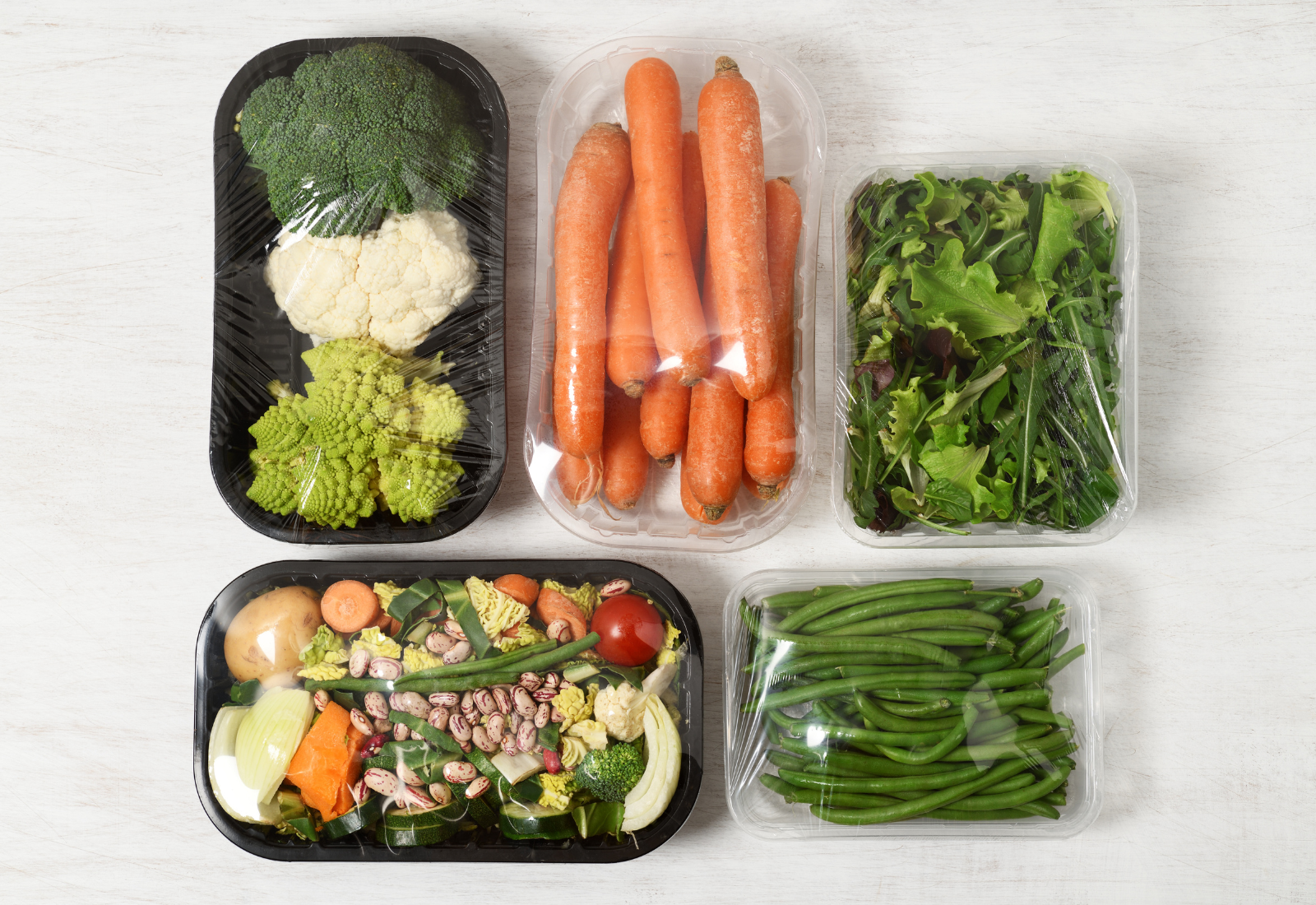
©Khomulo Anna via Canva.com
Consumer Reports Finds Alarmingly High Plastic Levels in Food
January 5, 2024
Consumer Reports has been keeping an eye on bisphenols and phthalates in our food and food packaging for the last 25 years. Their recent tests indicate that despite known health dangers, these chemicals remain prevalent in our food. Take phthalates as an example. Pretty much everything we eat is riddled with it. This fact holds regardless of the type of packaging or food. High levels were detected in Del Monte sliced peaches, Chicken of the Sea pink salmon, and Yoplait Original French vanilla low-fat yogurt, among other products. Organic food was not spared either.
However, it’s not all doom and gloom. Some foods had comparatively lower phthalate levels. Pizza Hut’s Original Cheese Pan Pizza, for instance, had half the phthalate levels of a similar pizza from Little Caesars. This shows that a reduction in these chemical levels is achievable.
Where plasticizers come from and how they infiltrate our food are complex problems. Initial attempts to curb them focused on packaging, but it’s now clear that phthalates can also leach into our food from the plastic used in food processing procedures and can even come directly from contaminated soil and water.
Regulations restricting the use of these chemicals in food production are scarce, and food manufacturers are not required to test for them. However, understanding how plasticizers enter our food and making strategic changes in the industry can make our food safer.
Bisphenols and phthalates pose health risks, as they can disrupt hormonal functions. Health issues such as diabetes, obesity, cardiovascular disease, and certain cancers are linked to hormonal imbalances. Moreover, constant exposure to these chemicals means they remain in our system almost as quickly as they’re eliminated, potentially increasing health risks over time.
Consumer Reports conducted comprehensive tests, revealing the presence of these chemicals in a broad range of food items. Bisphenols were detected in 79% of the tested samples, but their levels had decreased since the last tests in 2009, hinting at a positive shift. Phthalates, however, were present in all but one food, and their levels were higher than bisphenols.
Determining a safe level for these chemicals in food is challenging. While the U.S. and Europe have set thresholds for only BPA and a few phthalates, recent scientific knowledge considers these limits inadequate for protecting against all potential health effects. The importance of these findings lies in their implications for food safety. Currently, there are no substantive limits on plastic-related chemicals in food packaging or production. Even though the FDA has banned certain phthalates in materials that come into contact with food, its regulations were updated only after those chemicals were no longer in use.
While some companies comply with existing regulations and require their suppliers to certify food packaging free of BPA and phthalates, more needs to be done. Chemical companies need to innovate safer, sustainable materials. While this is a tall order, it’s feasible. The field of green chemistry is already developing such alternatives.
Recent News
NHTSA Investigates Tesla Autopilot Again After Recent Software Update
Tesla Autopilot is once again the subject of an NHTSA investigation.
Home Depot Holds Halfway to Halloween Sale: Skelly’s Back
It’s halfway to spooky season, and Home Depot is celebrating.
Kaiser Discloses Health Insurance Data Breach
Health insurance company Kaiser is notifying millions of its current and former members about a data breach. The breach occurred when Kaiser shared patients’ information with third-party advertisers like Google, Microsoft, and X (formerly Twitter).
Satirical Site The Onion Acquired by Global Tetrahedron
The satirical news website, The Onion, has been sold by G/O Media to a group of digital media veterans.

